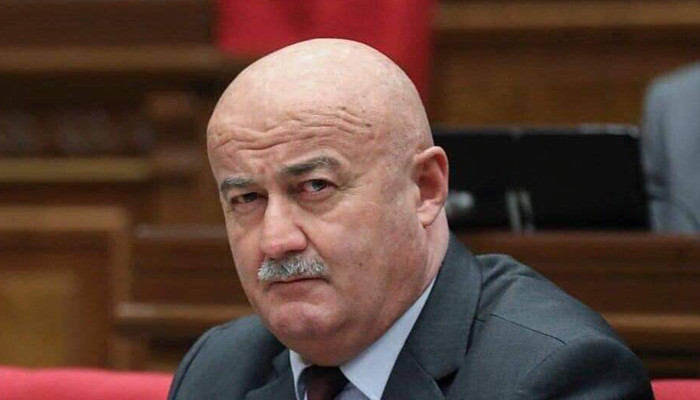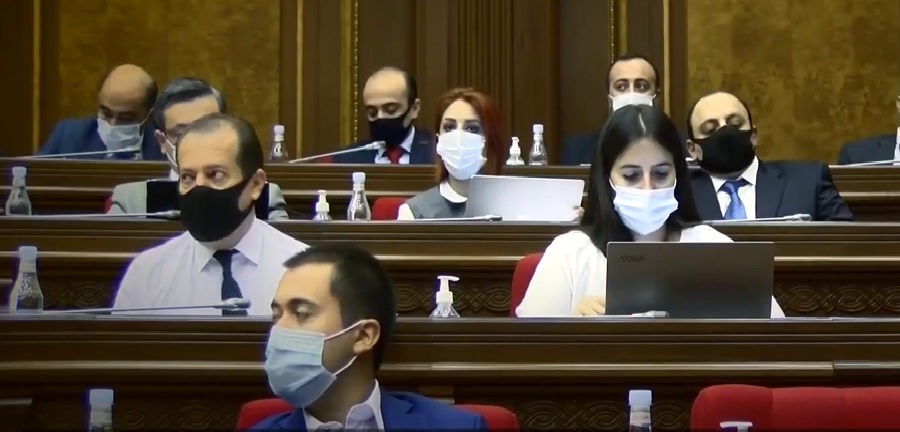It seems that in the foreseeable future, the society of the country would never know which radio frequencies are occupied in Armenia and which are free, which of them can be used for television broadcasting, and which – not? Upon the query, the Committee to Protect Freedom of Expression received a reply from the RA Ministry of Economy, which says that the final audit report of radio frequencies implemented by the Canadian Company “Aerosystems International” was rejected and sent back for revision.
The problem of studying the situation in this field became more urgent in connection with the upcoming transition of the country from analog to digital broadcasting. The earlier reasons for such public demand were the statements of the authorities on the lack of free frequencies, and, respectively, the inability to hold new contests for a broadcasting license, where “A1+”, devoid of broadcasting rights, could take part.
Meanwhile, in October 2009, during the parliamentary hearings on “The process of digitalization of TV and Radio broadcasting and the prospects for its implementation in Armenia” Council of Europe expert Alec Thomas, in particular mentioned in his report that there are unused frequencies in Yerevan, and suggested conducting audit. Consequently, the statements of the officials that broadcast licensing competitions were not announced because of the lack of free frequencies were untrue. However, the statement of the Council of Europe expert served as a justification and basis for several journalistic organizations of the country to form an opinion that tenders for distribution of frequencies no longer take place, first of all, to maintain the existing situation in a totally controlled broadcasting field, and not to involve new “players.”
However, the transition from analog to digital broadcasting somewhat changed the situation, and Armenia ordered “Aerosystems International” to conduct audit of frequencies. Moreover, in May and June of the current year, when the new draft law “On Television and Radio” and the concept of digitalization approved by the Government were being discussed, the responsible people stated that the decisions on technical issues of transition to digital broadcasting were made with the consideration of the audit results.
However, further developments showed that these allegations of the state officials did not correspond to reality. On September 15, 2010, we sent an official query to Nerses Yeritsyan, the Chairman of the Interdepartmental Commission on implementation of digital TV and Radio broadcasting in the territory of Armenia, RA Minister of Economy, with the request to provide the radio frequencies audit results. On September 28, the response was delivered. Signed by Deputy Minister Vahe Danielyan, it said that the draft of the final report on the audit was being discussed and after sum up of the results it would be presented to all the interested parties.
Later, on December 1, the Committee to Protect Freedom of Expression sent a repeated query to the Ministry of Economy, to clarify whether the discussions over the document are over, and whether it is possible to get the results of the audit. This time, the answer was more detailed and precise: the Canadian company presented its report on August 26, and on October 27 the Armenian side rejected the document and returned it for revision.
If looking at the dates indicated and taking into account the fact that discussions relating to digitalization took place in May and June, and the new broadcasting law was adopted on June 10, it becomes apparent that the high-ranking officials, including Minister Nerses Yeritsyan, had no reason to call upon the frequency audit. That is to say that the Minister and the other officials have dissembled in order to lead the discussion process by their script.
But today it is more interesting to know why the frequency audit report is denied and especially what the state structures were unhappy about? And since the answers to these questions are concealed, as they say, behind seven locks, we can assume that the authorities are trying to align the results of this audit with their plans in the field of broadcasting.
Meanwhile, to the CPFE inquiry on how many TV broadcasting frequencies are provided to Armenia by International Telecommunication Union, the head of the Republican Centre for Telecommunications Ashot Verdyan replied – 241. But would they be used rationally in terms of digitalization to expand the choice of information of the society? – This is the question.
Ashot Melikyan
CPFE Chairman
P.S. Below we present to your attention the copies of the CPFE queries and the replies of the state structures.














